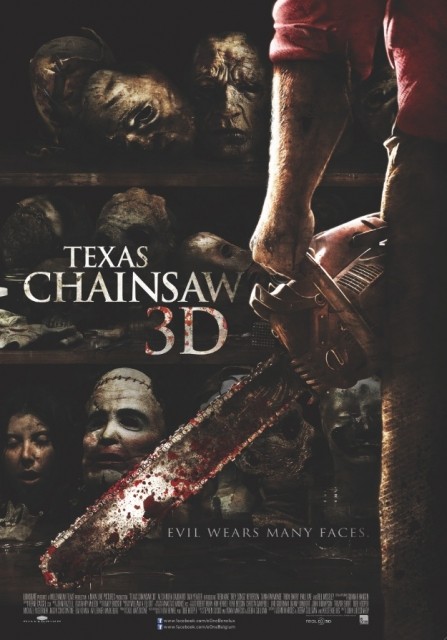 The teaser trailer starts with text on a black/dark red background that reads
'From the makers of paranormal activity and Saw'. This firstly attracts people
who are fans of these films and have significant cultural capital in horror
film, but it also attracts a mainstream audience as paranormal activity and saw
are also very popular recent films that have been a huge commercial success, so
the audience will already have a sense of cultural capital and familiarity with
'Insidious' because they have watched films from the same filmmakers. It also
clearly introduces a horror, paranormal/thriller genre by referencing films of
the same genre. The text also has fast fuzzy/blurry transitions that is in sync
with static, white noise sound effects, which creates this feeling of tension
and instability which also adds to the genre of psychological
thriller/paranormal.
The teaser trailer starts with text on a black/dark red background that reads
'From the makers of paranormal activity and Saw'. This firstly attracts people
who are fans of these films and have significant cultural capital in horror
film, but it also attracts a mainstream audience as paranormal activity and saw
are also very popular recent films that have been a huge commercial success, so
the audience will already have a sense of cultural capital and familiarity with
'Insidious' because they have watched films from the same filmmakers. It also
clearly introduces a horror, paranormal/thriller genre by referencing films of
the same genre. The text also has fast fuzzy/blurry transitions that is in sync
with static, white noise sound effects, which creates this feeling of tension
and instability which also adds to the genre of psychological
thriller/paranormal.The next shot is a close up shots of a child, there is a dark, de saturated colour palette with low key lighting causing shadows to cover the boy’s eyes and most of his face. This reflects ideas of the character being quite complex or has some kind of internal conflict, as the shadows covering his eyes suggests a sinister, evil character however the boy is hunched over in a vulnerable and defenceless posture which is a huge contrast, suggesting a narrative theme of possession, like in 'the exorcist' that also had a child protagonist that was possessed.
 Much of the trailer's most scary and disturbing shots are part of a very fast
paced sequence of quick short shots, such as bloody hand prints on shower
curtains, or a person in the middle of a panic attack/exorcism. This extremely
fast paced editing creates an idea of uncertainty and ambiguity in order to not
reveal too much of the narrative, and also to tap into the viewer fear of 'the
unknown'. These sequences also contain very bleached shots with lots of light,
that contrasts greatly with shots with a dark colour palette. Also to intensify
the scariness of these shots in the fast paced editing the non-diegetic static
sound also peaks and becomes faster, while during the slower parts of the
trailer the sound is almost non-existent.
Much of the trailer's most scary and disturbing shots are part of a very fast
paced sequence of quick short shots, such as bloody hand prints on shower
curtains, or a person in the middle of a panic attack/exorcism. This extremely
fast paced editing creates an idea of uncertainty and ambiguity in order to not
reveal too much of the narrative, and also to tap into the viewer fear of 'the
unknown'. These sequences also contain very bleached shots with lots of light,
that contrasts greatly with shots with a dark colour palette. Also to intensify
the scariness of these shots in the fast paced editing the non-diegetic static
sound also peaks and becomes faster, while during the slower parts of the
trailer the sound is almost non-existent.In contrast, slow paced editing is used in areas of the trailer that focuses more on narrative, for example when we hear the mother say 'he's not in a coma, they don't know what to call it' the editing is very slow, which is a huge contrast to the fast paced sequences. This helps build tension to add even more effectiveness to fast paced sequences, but it also allows a revelation of small parts of the narrative in order to establish a 'paranormal' genre.
The use of an establishing shot of a house on a dark, stormy
day is effective at establishing mood and location, where it becomes clear that
nearly the whole film is set in a relatively normal family home. The dark, creepy
mise-en-scene in the establishing shot of the house, and in the interior scenes
of the house also draws inter textual references to scary stories based on a
'hunted house' particularly with the voice over during the shot - 'I want to
leave, I wanna leave this house'. This build up tension until its revealed near
the end of the trailer that 'Its not the house that's haunted, its your son'.
This is very effective and shocks the viewer because it breaks conventions and
stereotypes of the classic paranormal films being based around a 'hunted house'
so the viewer is left feeling as if there may be no solution or 'happy ending'.















